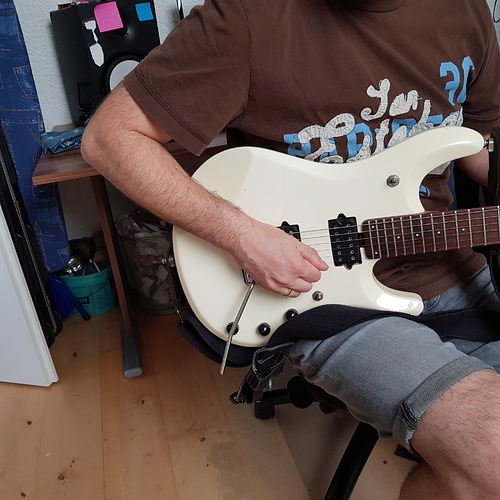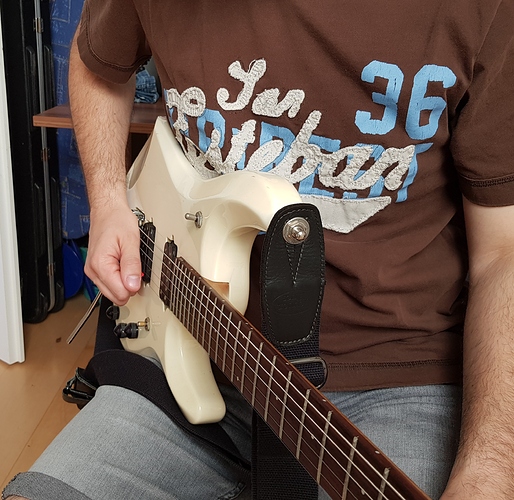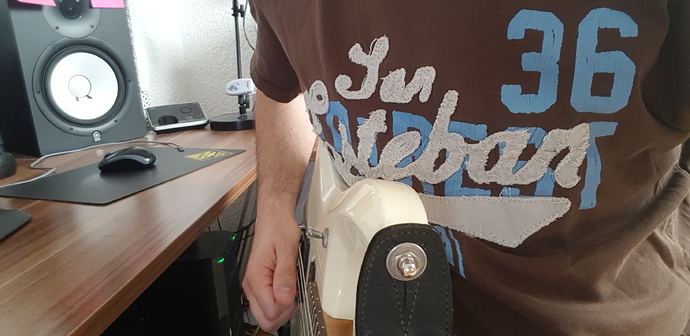When you say “forearm” I think you mean elbow - because that’s what it looks like is moving here. I really don’t see any turning movement of the forearm. There is a subtlety that elbow joint motion technically should not be capable of USX motion, just because of the way it moves. However we could be wrong on that. I myself do a motion which looks like elbow motion but plays USX lines. It’s a mystery!
Regardless, your “elbow” motion is working. There’s no real reason to shut it off since it’s playing the lines you want. If, however, as a kind of side hobby, you want to figure out and solve the wrist motion way so that you have two motions you can realy on, you can totally do that. It may take some time. The key is here:
You can see it. And you can see that it flip flops. The attempt that starts around 30 seconds, for example, looks a little more wrist than the ones before it. There’s still elbow, but there’s also more obvious wrist motion. This is how you identify — first, by noticing. I don’t think there’s a way you can “turn off” an unwanted motion. Instead, I think what we do is learn to recognize the desired motion by feel. Over time, the feeling of recognition becomes stronger until you can turn it on by will, without looking, and know it is correct.
So, visual feedback is one way. When you notice that an attempt produces the result you want, see if you can identify something about that attempt that felt different from the others, and then see if you can reproduce it, again, by feel. The attempt at about 1:30, on the Strat, looks the closest of all of these. This is in fact very close. So you’re there. You can do it. You can’t just 100% identify when you are doing it and when you are not.
Observe, feel, and reproduce. Think of this as repeated attempts, in a somewhat casual/experimental way, for not super long periods of time in any one sitting. It’s like trying to do a skateboard trick, and not like “practice” in any standard sense of the term. You can experiment with different speeds, making exaggerated versions of the motion, using rest strokes, and so on. You can also experiment with different grips which I highly recommend doing as per Ch2. These different grips and arm positions basically give you another shot at identifying the feel of correctness. For whatever reason, you may discover that some of them, even weird ones like three-finger or middle-finger grips, produce the result easily whereas trigger grips don’t. It’s unpredictable, and a feel thing.
Either way you’re going to end up with two techniques you can use when you want them. It may take some time but you will learn to separate them eventually if you put in enough random experimentation.
Thanks for posting and keep us… posted!
Edit:
That was just an experiment. I didn’t mean that you should actually play that way with only a bridge anchor and no arm contact. If it feels comfortable then ok, but I would imagine it doesn’t, and your arm or shoulder might get tired. Either find another way of anchoring on that guitar (attach an arm rest?) or just use that guitar for elbow or other techniques. Or watch some Petrucci videos and see how he does it. Does he have a higher approach angle?





 )
)